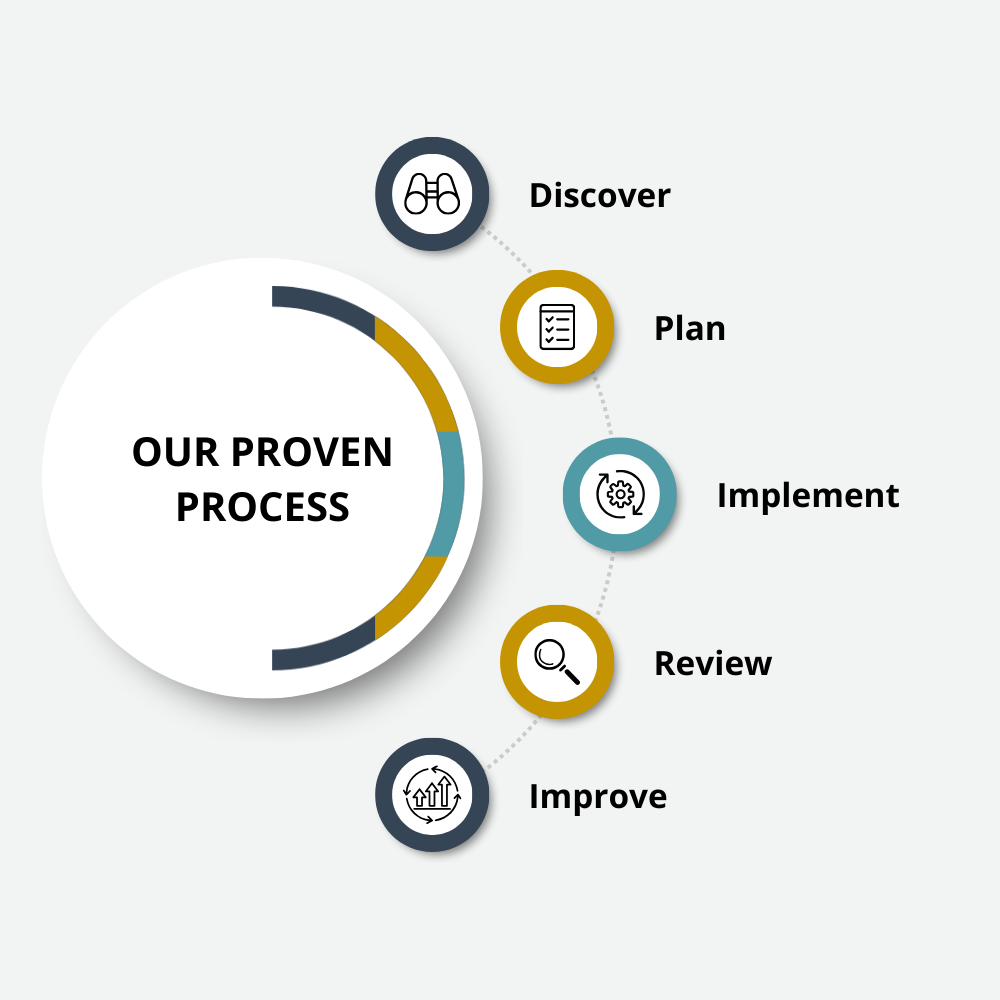As the end of 2020 approaches, we can all agree that this year is unlike any other. The coronavirus pandemic had a significant impact on the tax situation for many taxpayers. In response to the health and economic impact of the coronavirus pandemic, Congress passed two major pieces of legislation – the Families First Coronavirus Response Act and the Coronavirus Aid, Relief, and Economic Security (CARES) Act. More relief may be forthcoming. In addition, we might expect future tax law changes from the new presidential administration in the coming months. As such, each individual taxpayer should consider the unique challenges and opportunities that this year presents.
Economic Impact Payment
If an individual missed the extension for non-filers, the credit may be taken on the 2020 Form 1040 for the full amount to which they are entitled. Taxpayers who received more than the amount to which they are entitled do not have to repay it unless they were not eligible to receive it in the first place (e.g. deceased individuals or non-resident aliens). A person claimed as a dependent in 2018 or 2019 may also be entitled to the refundable credit if they are not claimed as a dependent in 2020 even though their parent received the $500 credit for the earlier year.
Retirement
It is important to review your contribution elections at least annually to ensure that you are contributing enough to maximize your employer matching contributions. The following contribution limits for 2021 remain unchanged from 2020 and are based on the type of retirement plan you have:
- IRA limits: $6,000, plus a catch-up contribution of $1,000
- 401(k), 403(b) and 457(b) limits: $19,500, plus a catch-up contribution of $6,500
- SIMPLE IRA limits: $13,500, plus a catch- up contribution of $3,000
Note: Catch-up contributions are available for those who are 50 and older.
The CARES Act allows penalty-free distributions made during the 2020 calendar year of up to $100,000 for COVID-related expenses. Any income attributable to an early withdrawal is subject to tax over a three-year period, and taxpayers may re-contribute the withdrawn amounts to a qualified retirement plan without regard to annual caps on contributions if made within three years.
RMDs – There is a temporary waiver of Required Minimum Distributions for the 2020 calendar year. However, because of recent changes to retirement accounts, such as the increased age to begin RMDs, the end to the 70 ½ age limit for contributions to an IRA, and the shortened distribution period for non-spouse inherited IRAs, taxpayers are encouraged to review strategies for continuing to make IRA contributions and to reevaluate their beneficiary designations.
Roth Conversions – Since RMDs are not required for 2020, now may be a good time to convert what would have been the distribution to a Roth IRA to take advantage of current low tax rates. In a normal year, RMDs are not eligible for conversion.
Loans – The maximum loan amount from a retirement account is increased from the lesser of $50,000 or 50% of vested balance to the lesser of $100,000 or 100% of vested balance for qualified individuals. This increase applies to loans made between March 27, 2020 and December 31, 2020. In addition, qualified individuals may delay loan payments due after March 27, 2020 and before December 31, 2020 for one year.
Charitable Deductions
For 85% of taxpayers who do not itemize, a $300 above-the-line deduction for cash contributions is available for 2020. However, the law is unclear if the $300 amount applies for both individual and joint returns or whether it is available beyond 2020.
For 2020 only, the limit for itemized charitable deductions is increased from 60% to 100% of adjusted gross income. Although the CARES Act eliminated the required minimum distribution for 2020, taxpayers over age 70 ½ may still make a direct contribution to a charity from their IRA of up to $100,000 in 2020 and thereby reduce their adjusted gross income.
Student Loans
For payments made before January 1, 2021, employers may reimburse employees for principal and interest on student loans of up to $5,250 as part of an education reimbursement program.
Capital Gains and Capital Losses
Year-end is a good time to determine the impact of realized capital gains and losses and evaluate if it makes sense to harvest additional capital gains or capital losses. This may be particularly beneficial for those in a federal tax bracket of 12% or less since long-term capital gains may be taxed at a zero percent capital gains rate. Although there may be no additional federal tax liability related to the additional income, generally, the gains will be subject to state taxes at the effective tax rate.
Kiddie Tax
Changes under the Tax Cuts and Jobs Act (TCJA), which were meant to simplify the application of the kiddie tax, had the unintended consequence of increasing the tax on the unearned income, such as military death benefits, of children in low-income families. As a result, the kiddie tax reverts to rules prior to TCJA, using the parents’ tax rate for tax years after 2019. However, a taxpayer may elect to apply the parent’s tax rate to 2018 and 2019 thereby providing an opportunity to amend a prior year’s return.
Disaster Relief
Both individuals and businesses can elect to claim casualty losses related to a disaster on the tax return for the previous year and thereby receive needed funds more quickly. Depending on the circumstances, the IRS may grant additional time to file returns and pay taxes. Although the pandemic is a federally-declared disaster and qualifies for a casualty loss deduction in 2020 (or the prior year, if elected), the IRS must provide further clarification on what losses qualify and for what time period.
Expiring Provisions
Taxpayers might consider taking advantage of the following benefits before they expire. In some cases, these benefits were retroactively applied. If so, it might be useful to amend the prior year’s returns if the savings are significant enough.
Exclusion from income for the forgiveness of debt on a principal residence. The exclusion now applies to discharges of qualified principal residence indebtedness occurring before January 1, 2021, or discharges that are subject to an arrangement that is entered into and evidenced in writing before January 1, 2021.
- Mortgage insurance premium deduction. Premiums paid or accrued after January 1, 2018, for qualified mortgage insurance in connection with acquisition indebtedness are deductible as home mortgage interest (qualified residence interest). The deduction is subject to the taxpayer’s adjusted gross income (AGI) limits.
- Above-the-line deduction for tuition and fees. The tuition and fees deduction may be claimed for qualified tuition and related expenses paid for the enrollment or attendance at an eligible education institution. The student may be the taxpayer, the taxpayer’s spouse, or the taxpayer’s dependent.
- Non-business energy property credit. The non-refundable credit is available for qualified energy-efficient improvements or property placed in service before January 1, 2021. These include energy-efficient exterior windows, doors and skylights; roofs (metal and asphalt) and roof products; and insulation. Residential energy property includes energy-efficient heating and air conditioning systems; water heaters (natural gas, propane, or oil); and biomass stoves.
- Reduced 7.5 percent threshold for medical expense. If it is possible and the expenses are significant, accelerate the payment of medical expenses into 2020. The threshold rises to 10% of adjusted gross income in 2021.
- Health coverage tax credit (HCTC). Eligible individuals can receive a tax credit to offset the cost of their monthly health insurance premiums for 2020 if they have qualified health coverage for the HCTC.
Protective Claims
In addition to the individual mandate tax penalty, the Affordable Care Act introduced the 3.8% net investment income tax and the .09% Medicare tax. If the Supreme Court determines the ACA to be unconstitutional, there is a potential for a refund for taxpayers subject to these taxes. Taxpayers should consider filing a protective claim for any open tax years.
PPP or EIDL Loans
If your business received funding from the Paycheck Protection Program (PPP) and/or Economic Injury Disaster Loan (EIDL) Program, contact your tax professional to discuss the tax impact.
Summary
Because of the retroactive changes to tax rules, the possibility of more changes with the new presidential administration, and the continuing challenges of the pandemic, there is no one-size-fits-all for tax planning. Any strategy may have unintended consequences if the taxpayer’s situation is not evaluated holistically considering the changing landscape.
Please contact us to discuss any questions regarding these items or other year-end planning needs.




















